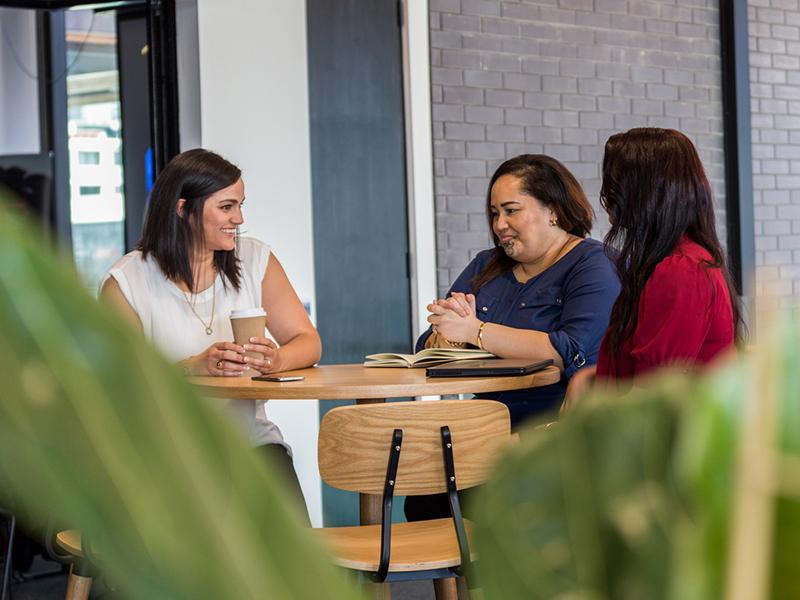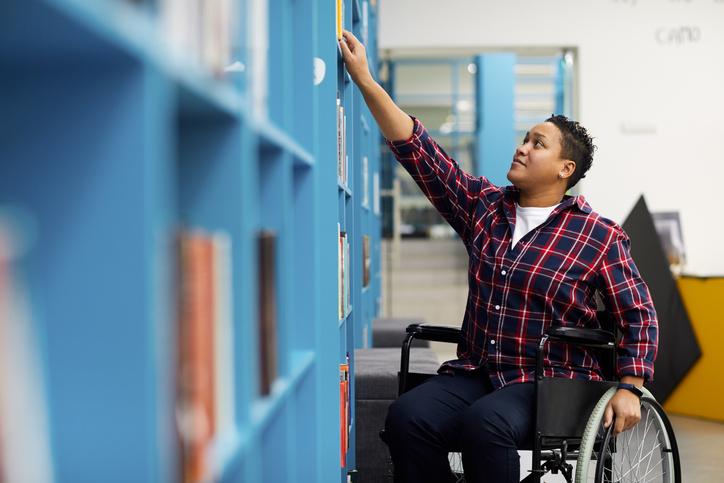
Make universities disability-inclusive, part one: feedback, access and language

With a growing number of students and staff in higher education reporting a disability, it’s important for universities to ensure they are operating in a disability-inclusive way. Senior leaders who may not have had experience with disability need to be aware of how they can make their universities more inclusive so they can fully support disabled students and staff. The first of a two-part series, this piece explores gaining feedback from disabled students and staff, increasing accessibility and how to approach language around disability.
Use your disabled staff and students’ expertise
It’s likely that your university already has experts you can approach for advice and support. Some might feel nervous about broaching this topic, but gaining input early on means issues can be addressed sooner. To garner a range of perspectives you can present staff and students with anonymous online questionnaires. These can give you some surface-level insight, and you can use other methods such as focus groups to gain more detailed feedback. You might also use more informal approaches such as coffee mornings.
When asking for feedback it’s important that you’re specific about what you want to find out. If you’re thinking of making considerable pedagogical changes, involving disabled and non-disabled students in consultation will help you identify what they think will work well and any potential challenges. This way, you will be able to examine the equitability of any potential changes.
Make your campus and events accessible
When considering how accessible your campus is, you need to think about how easily students and staff who use wheelchairs or other mobility aids and those with sight loss can get around. Things to consider are:
- Are entrances and the insides of the buildings wheelchair-accessible?
- Are there enough disabled toilets, and do they include changing facilities and hoist access?
- Are your doorways wide enough to accommodate wheelchairs?
- Are spaces laid out logically and clear of obstacles that could cause accidents?
- Are your accessible doors working?
These are just some of the things to consider when assessing the accessibility of your campus buildings. It may be that you have old, listed buildings that legally can’t be altered, but it is important to do whatever you can.
You also need to ensure your events are accessible to attendees. For example, it’s important to make open days as accessible as possible given this will be the first time prospective students will see your university. The accessibility of graduation ceremonies must also be addressed. These can, for some, cause sensory overload. To make them more accessible for these individuals, you could follow Nottingham Trent University’s example and run a relaxed graduation. Or you could run a low-sensory graduation with the same structure and reduced lighting, sound and applause.
- Campus resource: Routes to improving disability support in higher education
- How to make your university more neurodiverse friendly
- Writing inclusivity into being: build enabling cultures through policy development
Other ways you can make your events more accessible include:
- Having quiet rooms for attendees
- Making materials for the events available to attendees beforehand
- Labelling food for attendees with special dietary requirements clearly
- Incorporating regular breaks throughout the event
- Making networking sessions accessible by including seating and tables
Use the right language
Using terms such as disabled and disability are perfectly acceptable. Language that should be avoided includes terms that could other disabled students or staff or increase stigma, such as “suffering”, “handicapped”, “differently abled” and “inspirational”. The government’s key advice when writing about disability is to avoid language that leads to the individual being victimised due to their disability.
Avoid making assumptions
It’s important not to make assumptions about what your disabled students and staff can/can’t do and what they do/don’t need help with. Assumptions can be extremely frustrating for people with disabilities because they are often incorrect. For example, line managers may assume that a staff member with a disability is unable to take on extra tasks that may support their career progression. It is always best to ask disabled students and staff how the university can best support them.
It may be difficult to navigate conversations around disability, especially if you are unfamiliar with it. Strategies include asking open questions such as:
- How does your disability impact you at work?
- What can I/the university do to support you better?
- What do you find helpful/unhelpful?
- How would you prefer to communicate any difficulties you’re facing?
These encourage open dialogue and empower disabled staff and students to take control.
With these tips in mind, you can start taking steps to make your institution more accessible for disabled students and staff, whether that’s by ensuring buildings and events are more accessible, that the right language is used or by preventing staff making assumptions. Part two of this series will focus on how senior leaders can co-create their university strategy, manage student and staff workloads and make their promotion processes more equitable.
Meredith Wilkinson is senior lecturer in psychology at De Montfort University, UK.
If you would like advice and insight from academics and university staff delivered direct to your inbox each week, sign up for the Campus newsletter.


